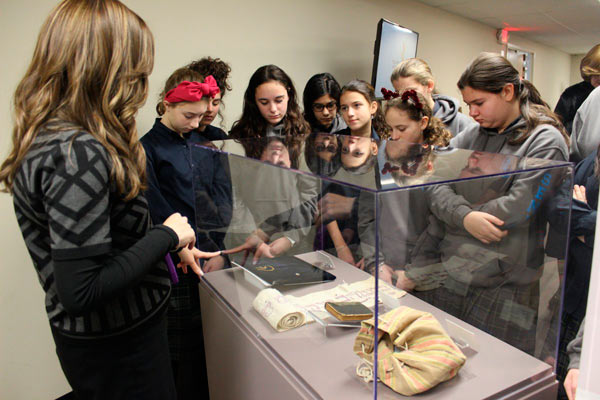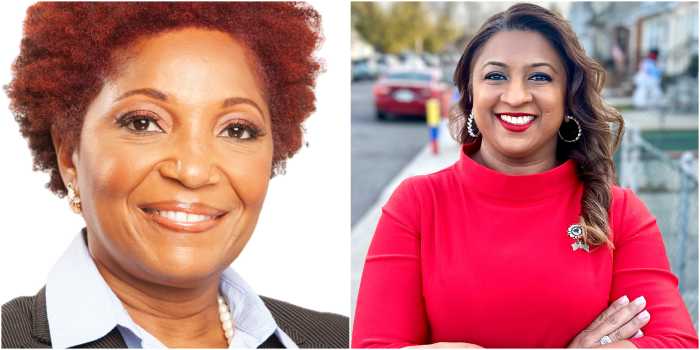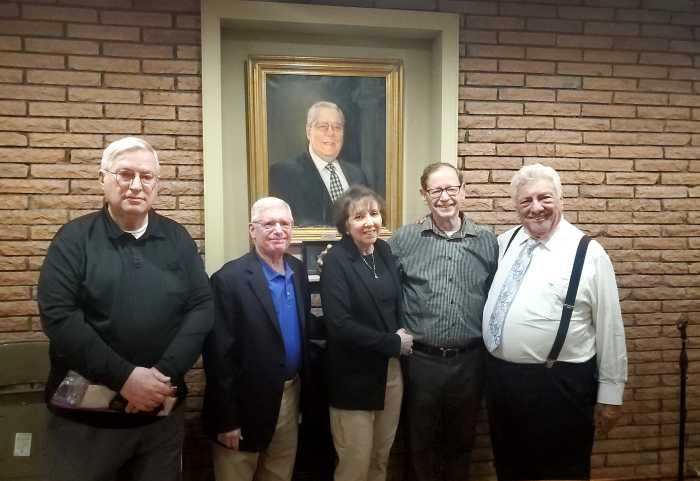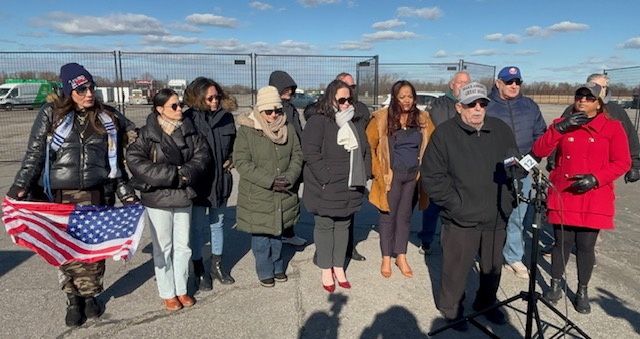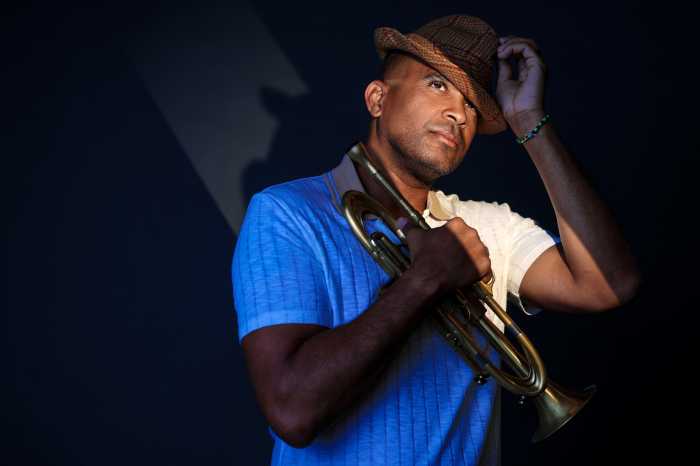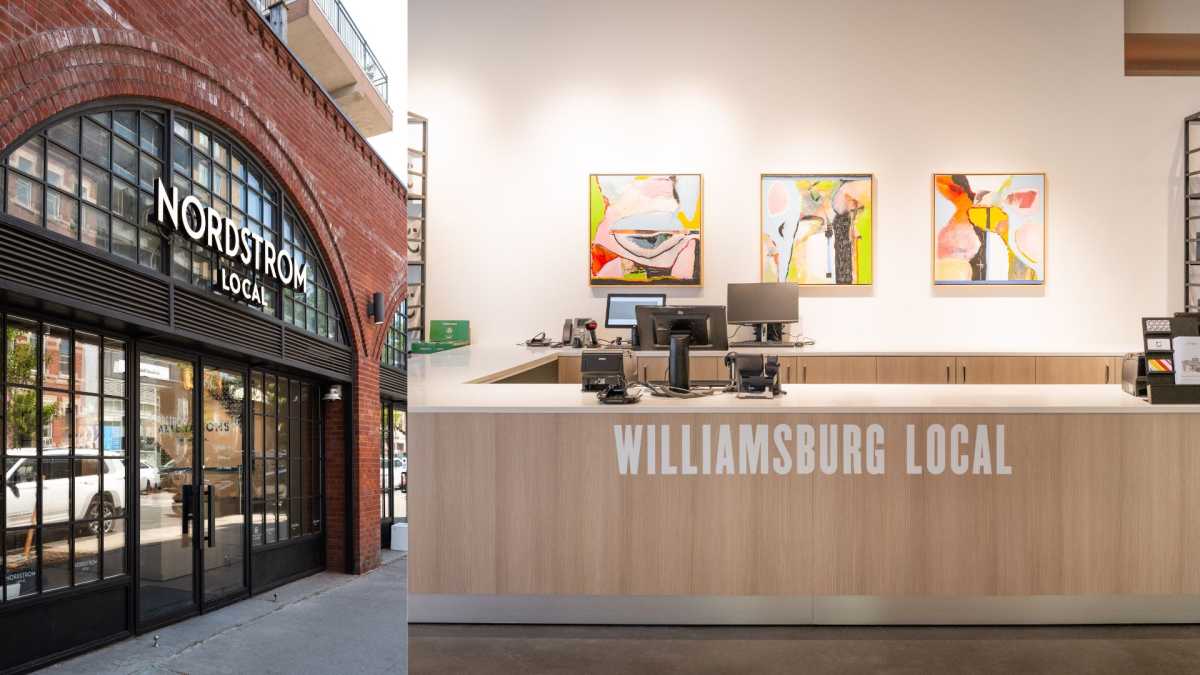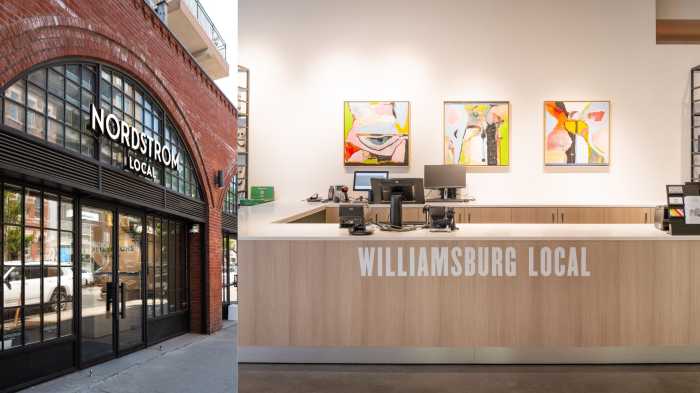This Holocaust museum takes a more Orthodox approach.
A Mill Basin museum is giving locals a unique glimpse into the horrors of the Holocaust, specifically focusing on how religious Jewish communities dealt with Nazi persecution, according to the museum’s director.
“Orthodox don’t get as much attention, and responded in a different way than non-Orthodox communities,” said Rabbi Sholom Friedmann, of the Amud Aish Memorial Museum on Strickland Avenue. “Their faith was utilized and they looked to Jewish law to dictate the right way to address rescue and resistance efforts.”
The museum is Brooklyn’s first Holocaust museum, and opened its doors around three years ago. The museum’s leadership believes that other Holocaust museums tend to focus on understanding the Nazis’ actions and drawing lessons to prevent future atrocities. Amud Aish seeks to tell stories of individual Orthodox Jews and specifically how their faith played a role in their efforts to survive the Holocaust.
Friedmann said the Orthodox Jewish response to the Holocaust was grounded in Jewish law, specifically as it pertained to armed and other forms of resistance by some Jews to the Nazis and their allies.
“When Orthodox Jews were grappling with the issue on whether to support resistance movements, it was always about what the law dictates,” he said, citing debates on whether it was permissible to bribe or negotiate with Nazi authorities, and concerns over repercussions for resisting.
The museum’s current exhibition is on Jewish refugees in Shanghai, China — a lesser known destination for Jews fleeing Europe, including many Orthodox Jews from Poland. In the late 1930s and early 1940s, thousands of Jews received visas to travel to Japanese-occupied Shanghai, in part through the help of Japanese authorities in Lithuania. They then established a community there complete with Jewish schools and kosher food.
Friedmann said the Shanghai story is important because it has a positive message from a dark time.
“It shows there were countries and communities willing to accept Jews,” he said.
To this end, the exhibit, which will run through the summer, shows many artifacts from the Jewish community in Shanghai, including translation dictionaries Jews used to communicate with their Chinese neighbors and the Japanese occupiers.
Amud Aish also hosts research, documents, and artifact archives, according to the museum. Museum tours — conducted in English, Hebrew and Yiddish — welcome many Orthodox student groups, but are open to anyone.
Mill Basin does not have as large an Orthodox community as Borough Park, Midwood, or Flatbush, but Amud Aish’s Strickland Avenue location along the basin allows school buses to easily park. The museum, which is supported by donations, is going strong because of local interest in this aspect of the Holocaust, according to Friedmann.
“People believe in what we’re doing and want to be involved,” he said.
“Precious Gift: Rescue and Shanghai” at Amud Aish Memorial Museum (5923 Strickland Avenue, between National and 56th drives in Mill Basin, (718) 759–6200, www.amuda



